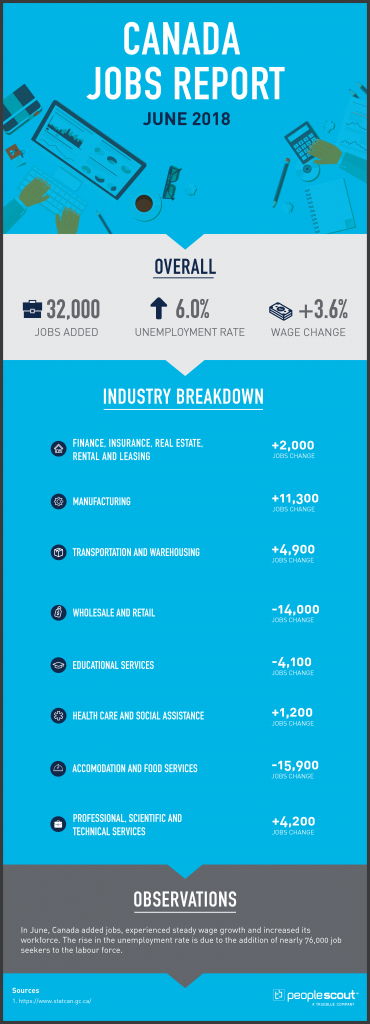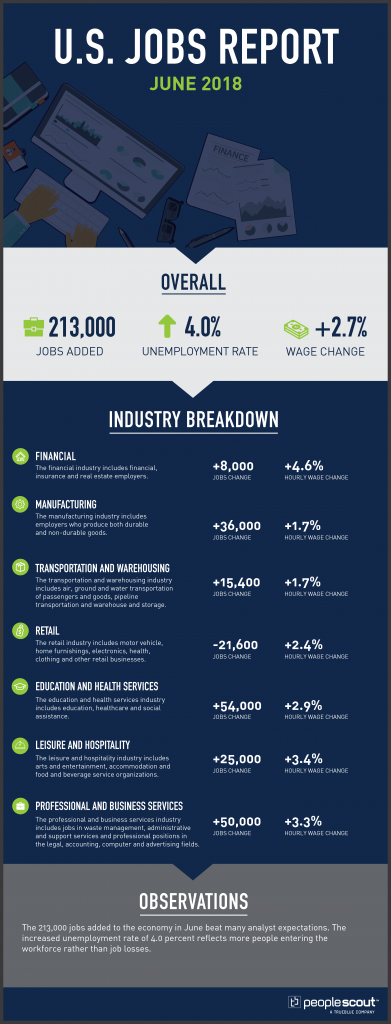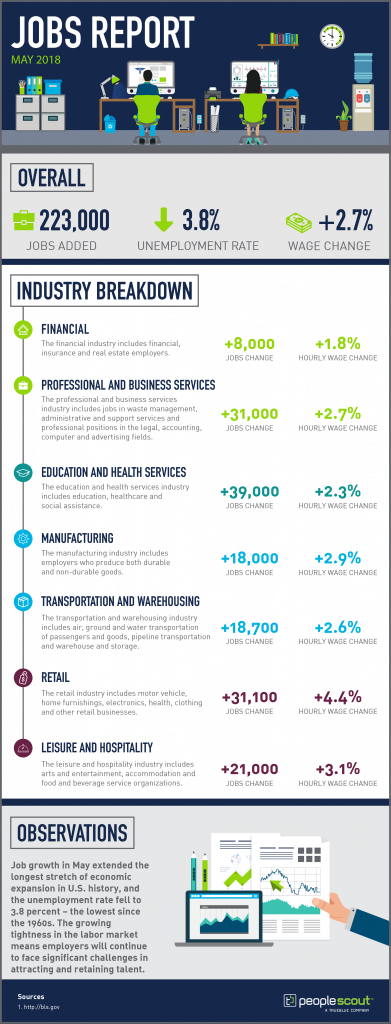According to research conducted by Freelancing in America, an estimated 57.3 million Americans—36 percent of the American workforce—work as freelancers or participate in gig work. What’s more, a study conducted by the McKinsey Global Institute found that 20-30 percent of the labor force in the European Union is now made up of independent workers who are self-employed or do temporary work. Thanks to the rise of freelancing platforms such as Uber, Airbnb, TaskRabbit and Fiverr, finding non-traditional means of employment is easier than ever.
So what does the gig economy mean for employers and employees alike? How will recruiting tactics and strategies adapt to meet the challenges and opportunities provided by the gig economy? In this post, we explore the effects, benefits and challenges facing employers and employees participating in the gig economy.
The Gig Economy’s Effect on Workers
Based on job search results across their site, Indeed discovered that interest in flexible and non-traditional work has increased 42 percent since 2013 based on the number of candidates looking for job postings that include the words “remote,” “work from home,” and “telecommute.” What’s more, a BLS survey reports the total number of contingency-based jobs grew from 14,826,000 in 2005 to 15,482,000 in 2017, a gain of 656,000 jobs or 4.6 percent over twelve years.
From college students unable to commit to full-time work to people looking to supplement their income, people searching for gig work come from all walks of life. Below, we cover the benefits and challenges confronting gig workers.
Increased Flexibility
For workers in the gig economy, flexibility is one of the biggest benefits. In fact, in a study of Uber drivers the drivers were asked the following question: “If both were available to you, at this point in your life, would you rather have a steady 9-to-5 job with some benefits and a set salary or a job where you choose your own schedule and be your own boss?” 73 percent of respondents selected flexibility over a traditional job. This indicates that workers looking for gig work are searching for a job that fits their lifestyle, skill set and schedule.
No Experience Necessary
Most gig jobs have low barriers to entry, making on-demand work easy to start. For ridesharing services like Lyft or Uber, all an applicant needs is a vehicle, a valid driver’s license and a clean driving record. For room-sharing services like Airbnb, all you need is an extra room. Zirtual provides opportunities for micro-tasking as a virtual assistant for potential workers with good administrative abilities and technical skills. Gig workers should think about their interests and skills and to find gig opportunities that complement their strengths.
Worker Concerns
On-demand and gig labor provide opportunities for employment for workers of all ages, skill levels and educational backgrounds. However, contract work typically means that most of the protections and benefits afforded to W-2 employees are absent in the gig economy. Severance packages, disability leave, PTO, sick days, health insurance and workers compensation are just a few of the benefits afforded to employees but not contractors, freelancers or gig workers. Freelance workers often work other jobs to receive the protections and benefits often absent in gig work.
The Gig Economy’s Effect on Businesses
The most obvious appeal of hiring temporary staff is that you can build a responsive workforce, tailored to suit your business goals and objectives. Organizations can quickly scale their workforces to supplement in-house staff or find workers with the skills needed to tackle important projects. In this section, we outline the strategies employers can use to optimize gig hiring.
Hire for the Right Positions
Employers should carefully consider which specific jobs they need freelancers to perform and make sure the contractors clearly understand what they are expected to deliver. For example, in creative work, organizations need to outline specific deliverables so that both parties can agree when the project is considered complete.
Organizations need to also keep in mind that contract work is not suitable for all roles and projects. If an organization needs workers for a long-term project, it is sometimes best to hire permanent staff as a contractor for a 2-year project may be more costly than hiring a full-time employee. Contract employees with skills in high demand may prefer to work short contracts to maintain their flexibility.
Leverage Technology
Sourcing, vetting, contracting and paying a consistent flow of gig workers is time-consuming. This additional work can overwhelm HR and procurement departments. To streamline these processes, organizations can use robust technology solutions that combine multiple processes into one platform. These platforms can automate the contracting and payment processes to reduce administrative work and keep track of gig workers and the projects they are working on.
Provide Benefits
A report from the Texas Workforce Investment Council found that a major drawback for gig workers is the lack of benefits available. The report also found that as long as employers pay gig workers a competitive wage, they are happy to purchase their own benefits. Most gig opportunities do not provide benefits. This presents an opportunity for organizations looking to attract gig employees. Workers may be more willing to take an opportunity or work consistently for an employer if they can rely on even a modest benefits package or pay rates that allow them to purchase their own benefits.
Managing Gig Employees
Effectively managing a gig workforce is complex. A thorough understanding of the gig economy can help organizations integrate policies and processes into company strategy and structure. The following are three key areas of gig workforce management and how you can best approach them.
Worker Misclassification
Depending on how gig workers are managed on the job, employers run the risk of a worker being managed as if they are a W-2 employee. Even when hiring managers have a good understanding of the difference between an employee and a contractor, managers may still treat contractors as W-2 employees. This can be an expensive mistake. In cases where misclassification is deemed unintentional, an employer may be charged:
- A $50 fee for each W-2 that was not filed
- 1.5 percent of the employee’s wages, plus interest
- 40 percent of the employee’s FICA (Social Security and Medicare) contributions
- 100 percent of the employer’s matching FICA contributions
Employees who believe they have been misrepresented can file a complaint with the Department of Labor or their state labor agency. Misclassification can usually be avoided by partnering with an MSP, RPO or total workforce solutions partner with a focus on compliance.
Employee Quality
The quality of workers in a gig-based economy can be hit or miss. Unless an employer reviews every potential workers’ prior work experience and history, they can never know the quality of worker they are getting. By working with an MSP provider and reputable staffing firms, organizations can rest assured that they are getting workers who have been properly vetted against their requirements. What’s more, if a worker fails to meet your organization’s standard, you can work with your MSP or staffing supplier to source and hire better quality workers.
Supervision
Someone within your organization needs to be responsible for ensuring gig workers deliver on their contracts. Some employers do not have the infrastructure to keep up with a high number of freelancers and projects. Organizations can ensure projects are on track and workers are delivering on their promises by assigning staff to monitor gig workers.
RPO Role in the Gig Economy
For many organizations, the demand on HR to recruit talent and manage an organization’s traditional workforce can interfere with their ability to handle similar responsibilities for gig workers. An RPO partner can help in two major ways:
- Delivering a complete end-to-end solution for talent acquisition, retention and utilization for the short-term work requirements of an organization’s talent acquisition program.
- Providing the tools and technology needed to hire and manage gig workers.
To learn more about how an RPO provider can help meet your gig hiring and talent acquisitions needs, visit PeopleScout’s RPO services page.



